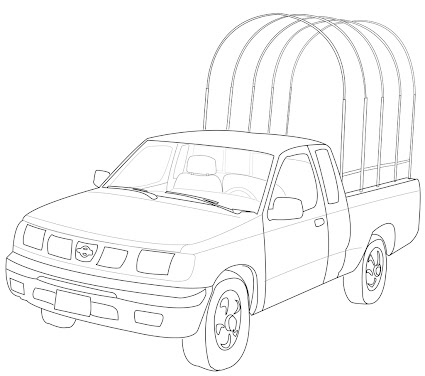
“Movable Feast: Chicago” collaborative truck project Between Hoyun Son and Jung A. Woo, 2009. It is a public art project mapping America's diverse cultural landscape through food, while exploring the impact of globalization on our dinner tables. First "Movable Feast" happened at Renegade Craft Fair in Chicago. The goal of Movable Feast is to stimulate the local community's consciousness of the relationship between the natural world of their own backyards and the pursuit of healthy lifestyles by locating native wild edible plants and preparing a meal with them. Additionally, we seek to recognize and appreciate both the cultural uniqueness and commonness represented in each community by comparing and sharing the diversity of recipes based on one of the world's most commonly used ingredients, the potato.











































